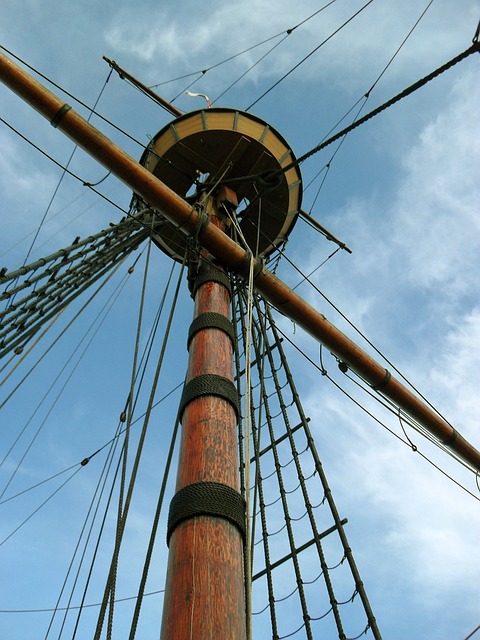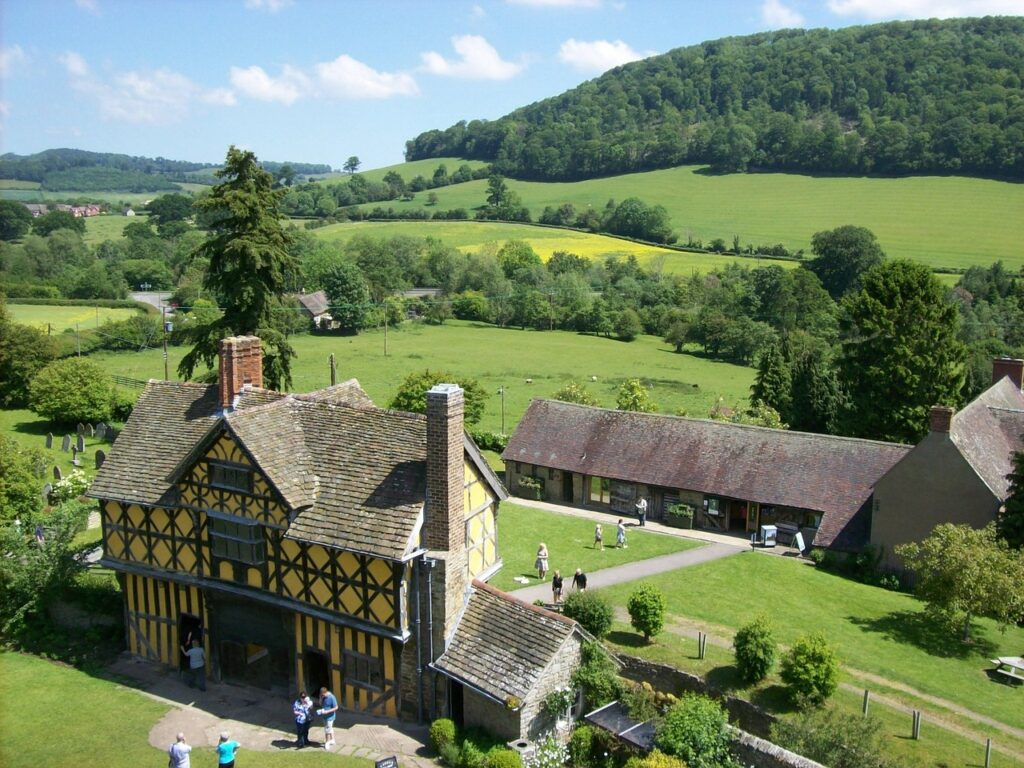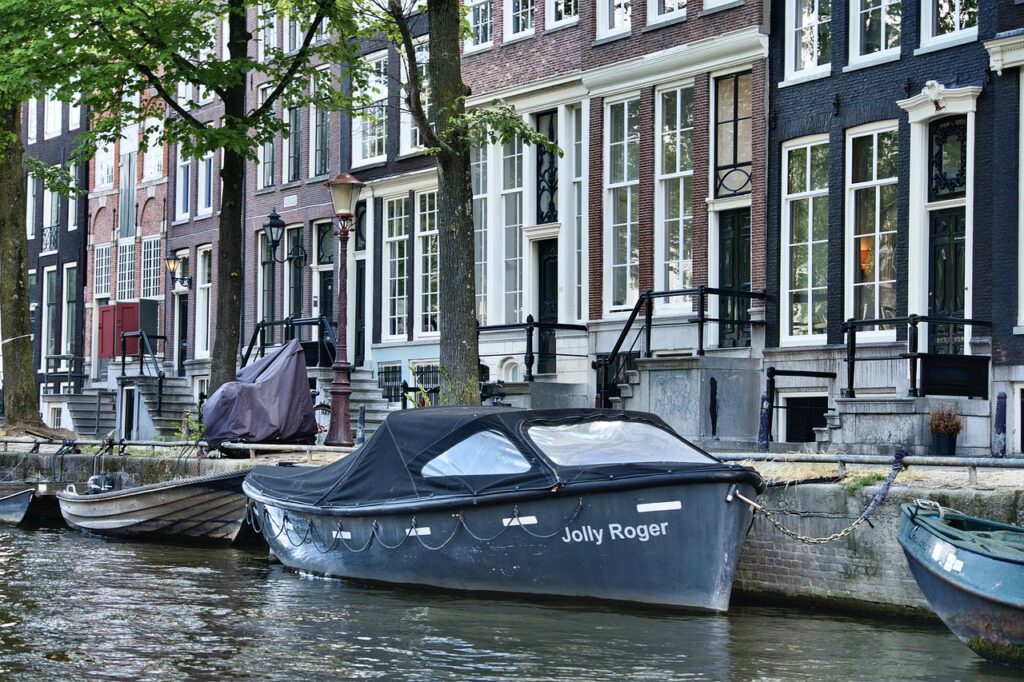The leaking Speedwell carried the FORD and TILLEY families from the Netherlands to Southampton, England to connect with the Mayflower. Then the TILLEY family transferred from the Speedwell to the Mayflower and were joined by JOHN HOWLAND. The FORD family stayed on the Speedwell. After three attempts at sailing together, the unseaworthy speedwell was abandoned at Plymouth, England along with the FORD family. The determined Pilgrims commenced their Mayflower journey through turbulent seas where John Howland fell overboard and was rescued. Blown off course by the relentless storms, the passengers were relieved to see the shoreline. Without royal permission to land where they were, they drafted the Mayflower Compact to give them legal standing. JOHN TILLEY and JOHN HOWLAND committed their signatures to it.
Southampton, Hampshire, England
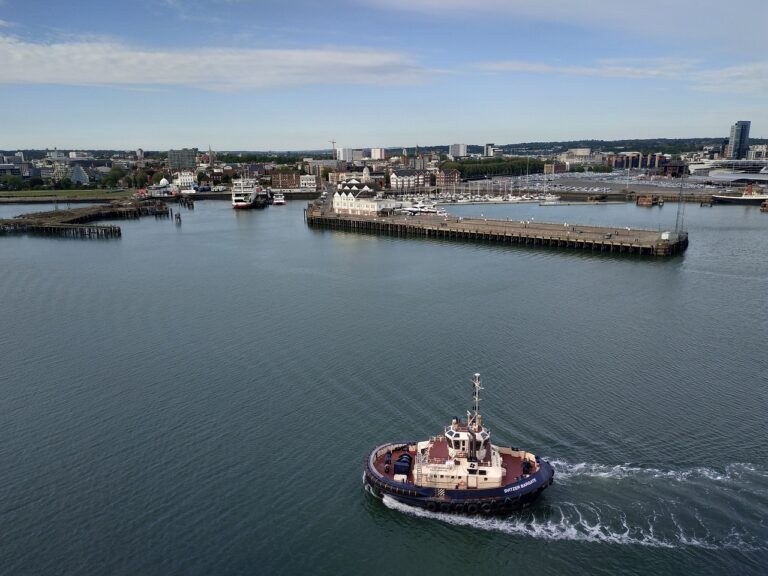
The Mayflower lay at anchor near the Speedwell in Southampton for almost two weeks. Workers repaired the crippled Speedwell as workers repaired her. The pilgrims had to sell some of their belongings, food and stores, to cover costs and port fees.
The Mayflower Journey First Departure
In Southampton, pre-approved members of the group of Pilgrims from the Leyden congregation transferred from the Speedwell to the Mayflower. John Carver, his wife, and servant JOHN HOWLAND, transferred from the Speedwell to the Mayflower. JOHN AND JOAN TILLEY and their teenage daughter ELIZABETH joined them.
Simultaneously, JOHN’S brother Edward Tilley and his wife Ann or Agnes (Cooper) Tilley joined them. Edward and Ann brought Ann’s relatives Henry Sampson and Humility Cooper. The older children were married and left behind. Local passengers on the Mayflower traveled from London and southeastern England. In all the Mayflower carried 90 souls beginning at Southampton.
The determined pilgrims from the Leyden group who began their journey on the Speedwell continued on it, including the FORD family. The repaired Speedwell accommodated about 27 other anxious passengers at Southampton.
The Mayflower and the Speedwell carried the Pilgrims on their muti-generational journey from Pilgrim to Pioneer from Southampton on 5 August 1620. Soon the pioneers became discouraged when again the Speedwell began taking in seawater.
Dartmouth, Devon, England
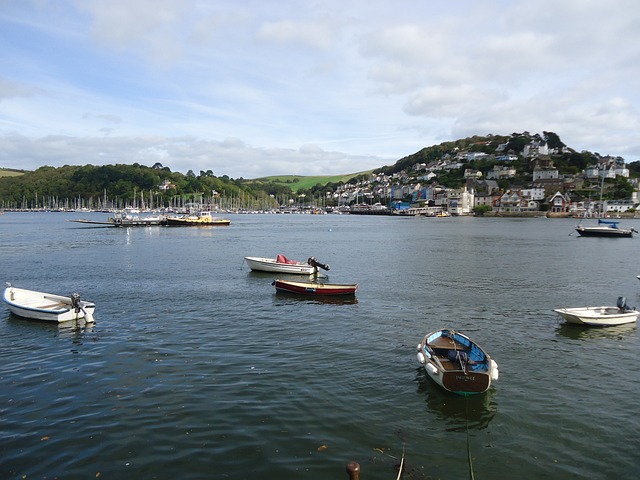
The Mayflower Journey Second Departure
The two ships sailed into Dartmouth in Devon. The Mayflower moored upstream on the River Dart beside Mill Creek as repairs began on the Speedwell. The determined pilgrims perceived that the town’s locals were suspicious of them. They therefore camped in a field outside the town boundary, now called Pilgrim Hill.
Plymouth, Devon England

The Mayflower Journey Third Departure
The Mayflower, accompanied by the marginally repaired Speedwell, began sailing for America the third time. Unfortunately, about 350 miles beyond Land’s End in Cornwall the Speedwell filled with an unsettling amount of water for the fourth time. Consequently, they turned around, and the Mayflower sailed into Plymouth followed by the deteriorating Speedwell. It was now early September, and the frustrated pilgrims decided to abandon the Speedwell.
As the leader of the venture, it was probably John Carver who decided that about 12 Speedwell passengers would come aboard the Mayflower. As a result, the Mayflower now had 102 passengers. Nineteen others stayed behind including the FORD family. The disappointed FORD family said goodbye to the TILLEY Family, JOHN HOWLAND and the others not knowing what the future may bring.
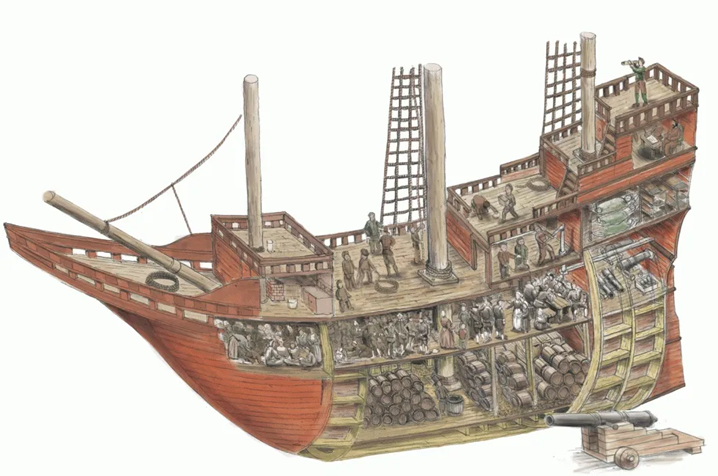
Turbulance
The risks they took to get to New England accentuated the determined pilgrim’s desperation to emigrate. Passengers on the Mayflower journey were uncomfortable because the ship was small and overcrowded. They huddled in their own allotted space to eat, sleep and live with little chance to change clothing. Their meal preparation was difficult, and cooking was all but impossible in the stormy conditions. The passengers were cold and wet because of the late fall wind and waves. They were violently seasick.
The ship sailed on September 6, well into the season of storms in the Atlantic. One of those storms was so severe that it fractured a key structural support beam. The crew used a metal mechanical device called a jackscrew to secure the beam to keep it from cracking further. The passengers prayed it would make the ship seaworthy enough.
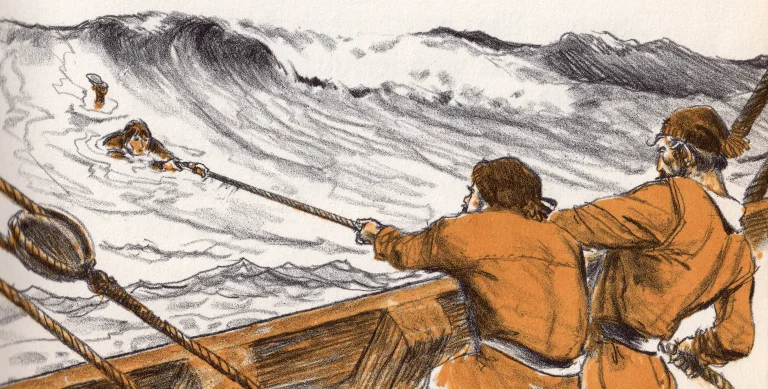
Man Overboard
During another particularly turbulent storm the crew members hauled down the sails and allowed the ship to drift. They floated without sail to prevent damage to the already injured ship when the seas were too high and the wind overly strong. During one of these turbulent storms JOHN HOWLAND fell overboard. The crew and fellow passengers hauled him back aboard safely after he managed to grab a topsail halyard that was trailing in the water.
This noteworthy incident would forever shape his life William Bradford wrote “…as they lay at hull in a terrible storm, a strong young man, called JOHN HOWLAND, coming on deck was thrown into the sea; but it pleased God that he caught hold of the topsail halliards which hung overboard and ran out at length; but he kept his hold though he was several fathoms under water, till he was hauled up by the rope, and though he was some-what ill from it he lived many years and became a profitable member of both the church and commonwealth.”
Relief and Restlessness
The men, women and children began the Mayflower journey on 16 September 1620. After more than two horrendous months at sea they finally welcomed some relief. They travelers felt blessed that only a single crew member and one fellow passenger died during their 66-day voyage across the Atlantic. They could see Cape Cod on the horizon.
Disappointment replaced excitement at once when to their surprise they realized that the relentless storms had blown them off course. They had no right to settle on the land upon which they sacrificed so much to get so nearby. With America almost close enough to touch, the battered and bruised passengers knew their Mayflower journey was far from over. The 102 passengers could have cared less about missing their planned destination of Northern Virginia, and the Hudson River. Many were suffering from crippling seasickness and still recovering from the battle with strong winds and monstrous waves.
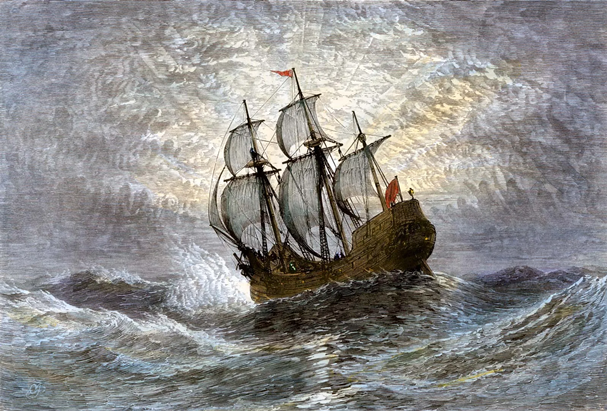
A Social Contract Completes the Mayflower Journey
The Mayflower anchored in what is now Provincetown Harbor, Massachusetts. The determined pilgrims decided to draw up an agreement that would give their settlement a try at legal standing. The agreement would also in essence serve as a social contract. It would compel the settlers to follow the community’s rules and regulations for the sake of order and survival.
John Carver is credited with writing the Mayflower Compact. Carver was its first signature and JOHN TILLEY and JOHN HOWLAND were two more signatories. Forty-one “true” Pilgrims signed The Mayflower Compact on 11 November 1620. It became the first governing document of Plymouth Colony. This may be why the pilgrims picked Carver as the first governor of Plymouth Colony. For the duration of their relationship JOHN HOWLAND served as an executive assistant and personal secretary to Governor John Carver.
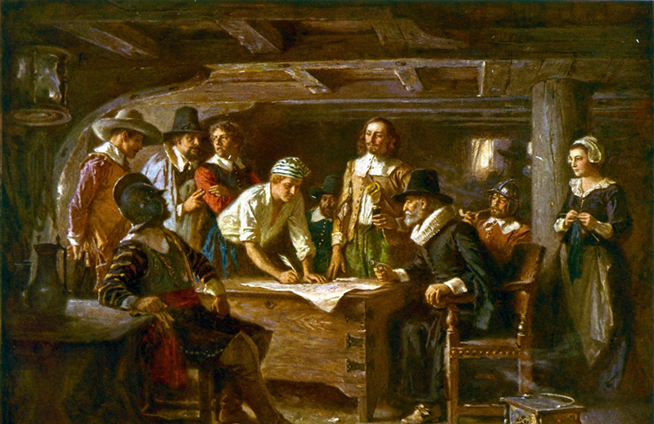
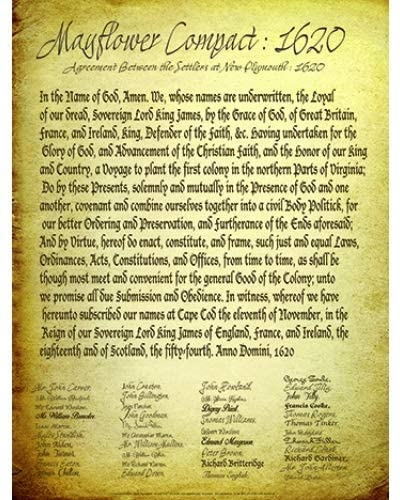
The Mayflower Compact
Legacy
The legacy of the Mayflower Compact lives on. Its significance inspires spirited discussions by Academics today and since John Carver and others signed it on the ship. Scholars cite it as providing the basis for modern American democracy. Other researchers say that its influence on contemporary democracy appears overstated. However, most academics agree that they cannot deny the importance of setting up a social contract for the settlers to live by. Its presence helped ensure order and survival in Plymouth Colony. Its foundational principle for self-governance should inspire future generations.

